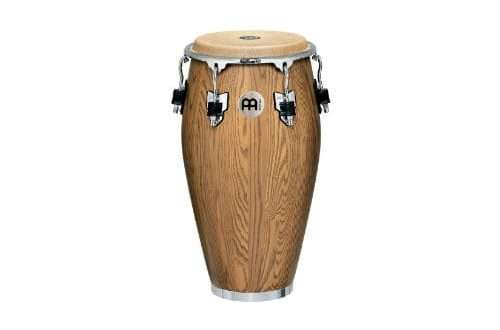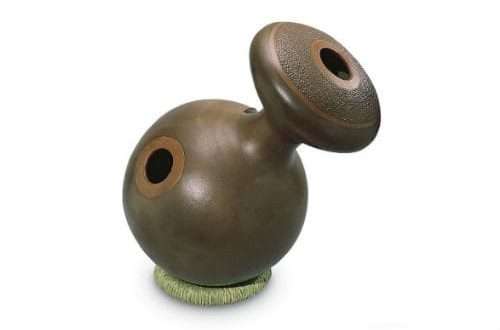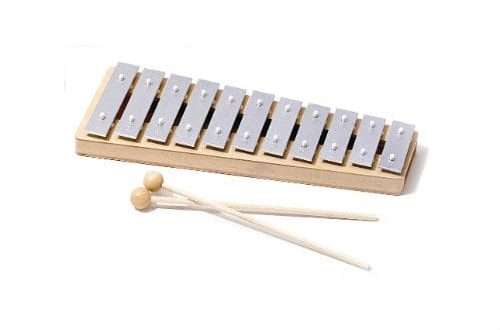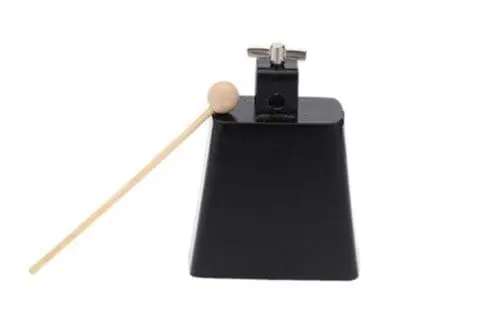
Cowbell: tool description, composition, origin, use
Contents
Latin Americans gave the world a lot of drums, percussion musical instruments. On the streets of Havana, day and night, rhythmic sounds of drums, guire, clave are heard. And a sharp, piercing cowbell bursts into their sound – a representative of a family of metal idiophones with an indefinite pitch.
cowbell device
A metal prism with an open front face – this is what a cowbel looks like. Sound is produced by striking the body with a stick. At the same time, it can be in the performer’s hand or fixed on the timbales stand.

The sound is sharp, short, quickly fading. The pitch of the sound depends on the thickness of the metal and the dimensions of the case. While playing, the musician sometimes presses his fingers to the edge of the open face, muffling the sound.
Origin
Americans jokingly call the instrument “cow bell”. It is similar in shape to a bell, but does not have a tongue inside. Its function during sound extraction is performed by a stick in the hands of a musician.
It is believed that the idea to use bells that were hung from the neck of a cow came to baseball fans. Strumming them, they expressed their emotions at matches.
Latin Americans call this idiophone senserro. It invariably sounds at festivals, carnivals, in bars, discos, it is able to make any party incendiary.
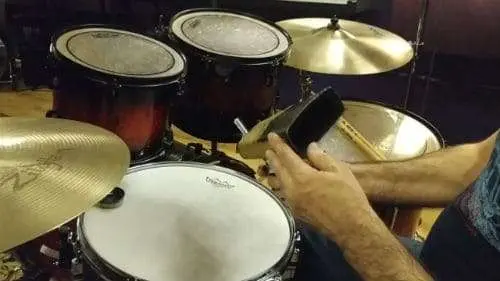
Cowbell use
The fixed pitch of the sound makes it primitive, incapable of creating compositions.
Modern performers create entire installations from cowbells of different body sizes and pitches, expanding the capabilities of the idiophone. The composer and creator of the mambo style, Arsenio Rodriguez, is considered one of the first musicians to use senserro in the traditional Cuban orchestra. You can hear the instrument both in pop compositions and in jazz music, the works of rock musicians.



